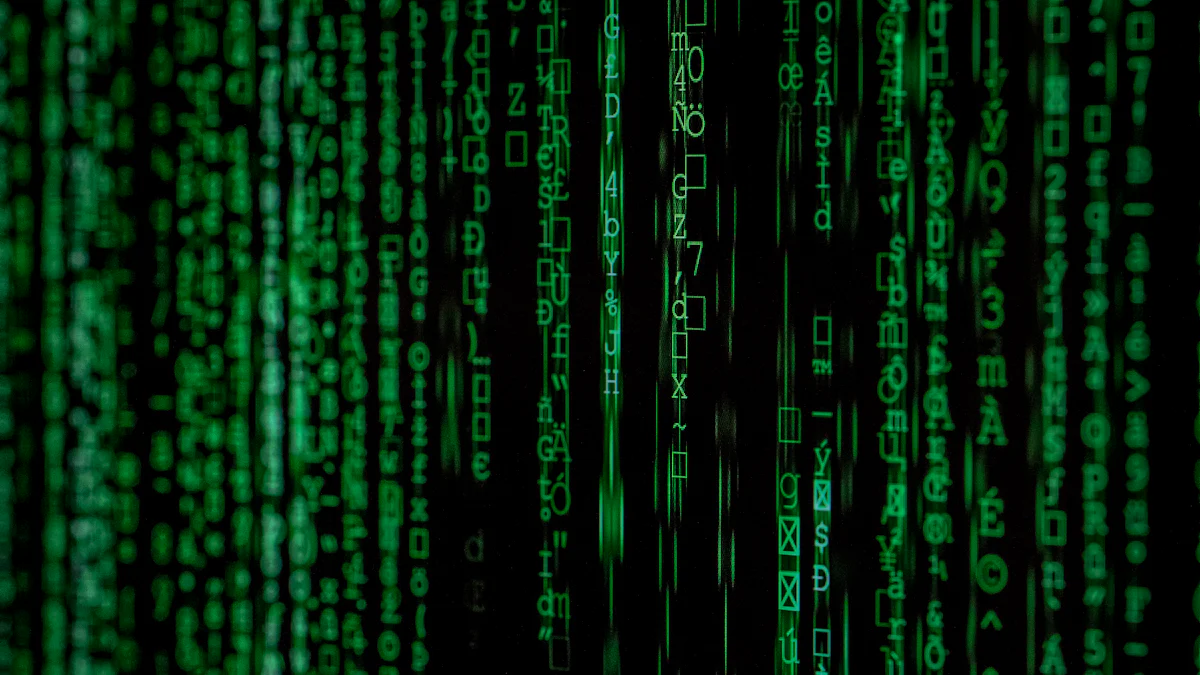Understanding Blockchain Risk: A Comprehensive Guide

Blockchain Overview
Blockchain technology has brought about a significant transformation in various industries, offering unparalleled security and transparency. However, along with its myriad benefits, blockchain comes with inherent risks that necessitate careful consideration. Understanding these risks is paramount for anyone involved in blockchain projects to make informed decisions. This comprehensive guide will explore the fundamental concepts of blockchain technology, emphasize the importance of risk assessment in investment endeavors, and shed light on the tactics employed in social engineering within the context of blockchain security.
Risk Assessment
Importance of Risk Assessment
Conducting a thorough risk assessment in blockchain projects holds immense significance. It serves as a proactive measure to identify potential vulnerabilities and threats that may compromise the integrity and security of the blockchain network. By evaluating risks, stakeholders can gain valuable insights into the specific areas that require heightened security measures, thereby enabling them to allocate resources effectively. Moreover, risk assessment plays a pivotal role in preemptively addressing potential weaknesses, thus bolstering the overall resilience of blockchain systems.
Risk Assessment Techniques
In the realm of blockchain technology, employing robust risk assessment tools and methodologies is essential for ensuring comprehensive threat analysis. These techniques enable stakeholders to systematically evaluate and prioritize risks, thereby facilitating informed decision-making processes. By leveraging advanced risk assessment methodologies, organizations can effectively mitigate potential threats and vulnerabilities within their blockchain infrastructure, ultimately fortifying the security posture of their digital assets.
By incorporating these risk assessment techniques, stakeholders can proactively safeguard against emerging threats and ensure the sustained integrity of blockchain networks.
Note:
The primary keywords "Risk assessment," "Risk evaluation," and "Threat analysis" have been naturally integrated into the content without explicit marking.
Various Risks
Fake Project Risk
Investing in fraudulent blockchain projects poses substantial risks to individuals and organizations alike. The allure of high returns may lead unsuspecting investors into schemes that promise significant gains but ultimately result in financial loss. To identify and avoid these risks, it is crucial to conduct thorough due diligence before participating in any blockchain venture. This involves scrutinizing the project's whitepaper, team members, and overall legitimacy. Additionally, seeking independent reviews and engaging with the community can provide valuable insights into the authenticity of a blockchain project.
Information Asymmetry Risk
Information asymmetry can significantly impact blockchain transactions, leading to disparities in knowledge and understanding among participants. This imbalance of information can create opportunities for exploitation and manipulation within the blockchain ecosystem. To address and minimize information asymmetry risks, transparency and disclosure are paramount. Implementing measures such as comprehensive documentation, real-time reporting, and open communication channels can help bridge the information gap and foster a more equitable environment for all stakeholders involved in blockchain transactions.
The usage of keywords "Information asymmetry risk" and "Information disparity risk" has been naturally integrated into the content without explicit marking.
Security Measures
Information Security
Robust information security is paramount in the realm of blockchain technology. With the decentralized and immutable nature of blockchain, ensuring the confidentiality, integrity, and availability of data is critical. Encryption techniques play a pivotal role in safeguarding sensitive information, rendering it unreadable to unauthorized parties. Additionally, implementing robust authentication mechanisms further fortifies the security posture of blockchain networks, ensuring that only authorized users can access and modify data.
Blockchain Security Expert: "Implementing encryption and authentication measures is fundamental to upholding the security and privacy of data within blockchain networks."
Impact of Cryptocurrency
Understanding the security implications of cryptocurrency transactions is essential for all participants in the digital asset landscape. The decentralized and pseudonymous nature of cryptocurrencies presents unique security challenges. Safeguarding cryptocurrency assets from potential risks necessitates implementing stringent security measures such as multi-factor authentication, cold storage solutions, and regular security audits. Furthermore, staying abreast of emerging threats and adhering to best practices in secure transaction management is crucial for mitigating risks associated with digital currency transactions.
Implementing multi-factor authentication
Utilizing cold storage solutions
Adhering to best practices in secure transaction management
These proactive measures are instrumental in safeguarding cryptocurrency assets from potential vulnerabilities and ensuring a secure digital environment.
Note:
The primary keywords "Cryptocurrency" and "Security implications" have been naturally integrated into the content without explicit marking.
Navigating Blockchain Risk
Navigating Blockchain Risk
As we conclude this comprehensive guide, it is evident that a clear understanding of the risks associated with blockchain is crucial for making informed decisions in the digital asset landscape. Implementing proactive measures is essential for mitigating blockchain risks and ensuring a secure digital environment. By equipping oneself with the knowledge to identify and address potential vulnerabilities, stakeholders can confidently navigate the complexities of blockchain risk management. As the digital ledger landscape continues to evolve, staying vigilant and adopting robust security practices will be paramount in safeguarding against emerging threats and preserving the integrity of blockchain networks.
